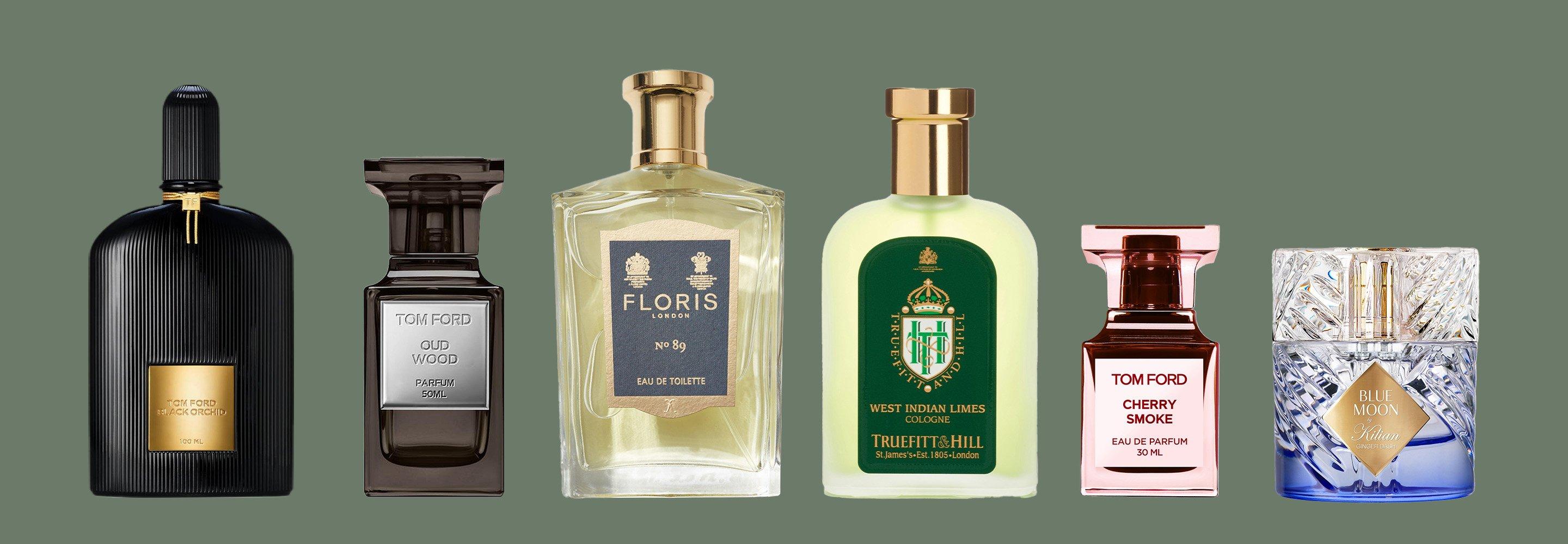Ask Harry: What are the Differences Between Cologne, Eau de Parfum, and Eau de Toilette?
Understanding Concentration, Intensity, and Occasions for Your Signature Scent
Q: I’m starting to get into fragrances but I’m unsure about what the difference is between cologne, eau de parfum, and eau de toilette. I’m sure it’s simple but it seems sort of complex. Any assistance?
A: When it comes to fragrances, much like wine, there’s a lot to wrap one’s head around, including how to choose and wear it. Amidst the myriad choices, cologne, eau de parfum, and eau de toilette emerge as quintessential options, each with its own distinct allure. Understanding the disparities between these fragrances is pivotal in your quest for olfactory excellence! Allow us to explain.
Concentration
One of the primary distinctions among cologne, eau de parfum, and eau de toilette lies in their concentration of aromatic oils. Cologne typically has the lowest concentration, ranging from 2% to 4%, making it lighter and more subtle. Eau de toilette contains a higher concentration, usually between 5% and 15%, striking a balance between longevity and intensity. Eau de parfum boasts the highest concentration, typically ranging from 15% to 20%, resulting in a richer and longer-lasting fragrance experience.
Intensity and Longevity
Due to their varying concentrations, these fragrances offer different levels of intensity and longevity. Cologne tends to be the most fleeting, with its lighter composition evaporating more quickly on the skin. Eau de toilette provides a moderate intensity that lasts several hours, making it suitable for everyday wear. Eau de parfum, with its higher concentration, delivers a more potent and long-lasting scent that can linger throughout the day and into the evening, requiring fewer reapplications.
Fragrance Notes
Another factor to consider when comparing these fragrances is their composition of notes. Cologne often features citrus, herbal, and floral notes, lending it a refreshing and invigorating quality ideal for daytime use. Eau de toilette encompasses a broader range of notes, including floral, fruity, and woody accords, offering versatility for various occasions. Eau de parfum tends to showcase deeper and more complex notes such as spices, woods, and resins, resulting in a sophisticated and seductive aroma suited for special events or evening wear.
Usage and Occasions
The choice between cologne, eau de parfum, and eau de toilette ultimately depends on personal preference and the intended usage. Cologne is perfect for casual settings and warmer weather when a light, refreshing scent is desired. Eau de toilette is versatile enough for both daytime and evening wear, making it a popular choice for everyday use. Eau de parfum, with its potent fragrance concentration, is best reserved for formal occasions, romantic evenings, or when you seek a scent that makes a bold statement.
While cologne, eau de parfum, and eau de toilette share similarities in their purpose of providing fragrance, their differences in concentration, intensity, longevity, and composition make each unique. By understanding these distinctions, you can confidently select the fragrance that best complements your style, personality, and the occasion at hand. Whether you prefer a light and airy cologne, a versatile eau de toilette, or a captivating eau de parfum, there is a scent waiting to hit you and leave a lasting impression.
Harry Rosen is at your service. Have a pressing style question? Message us on Instagram (@harryroseninc) or TikTok (@harryrosen) and we’ll answer it here next time.







